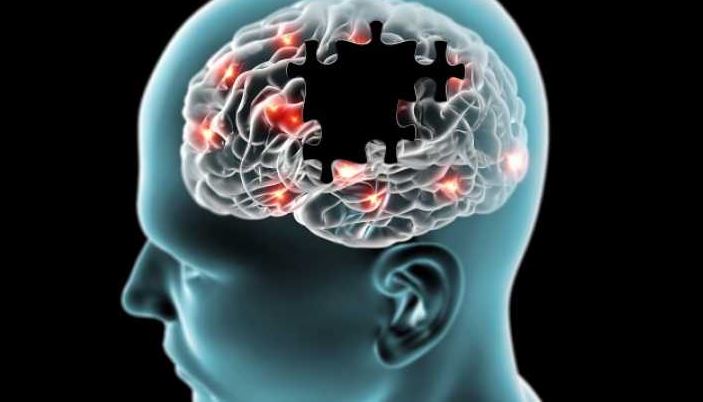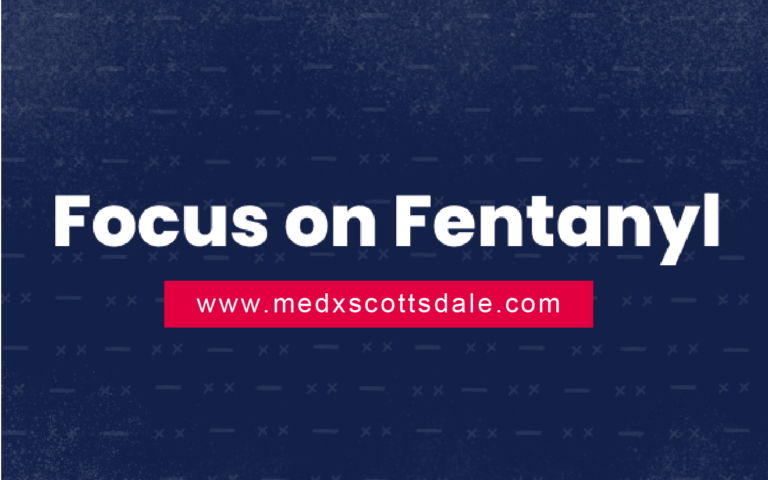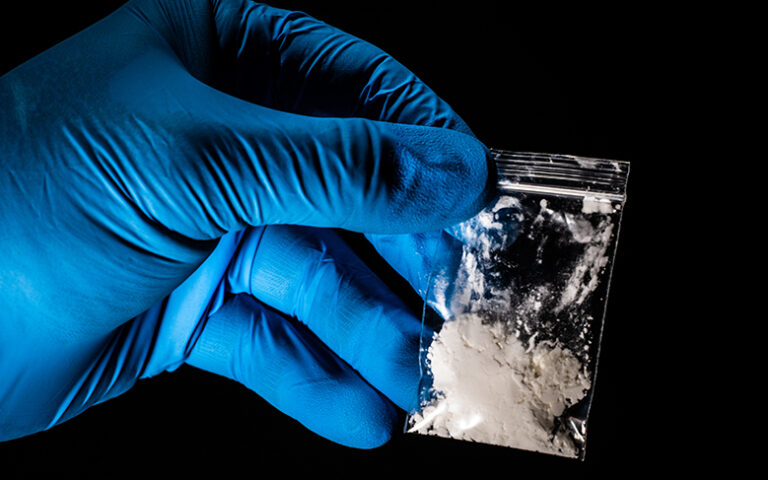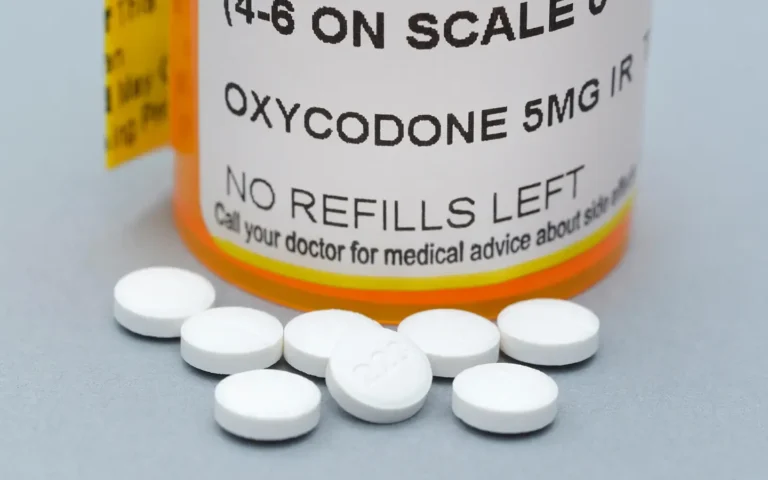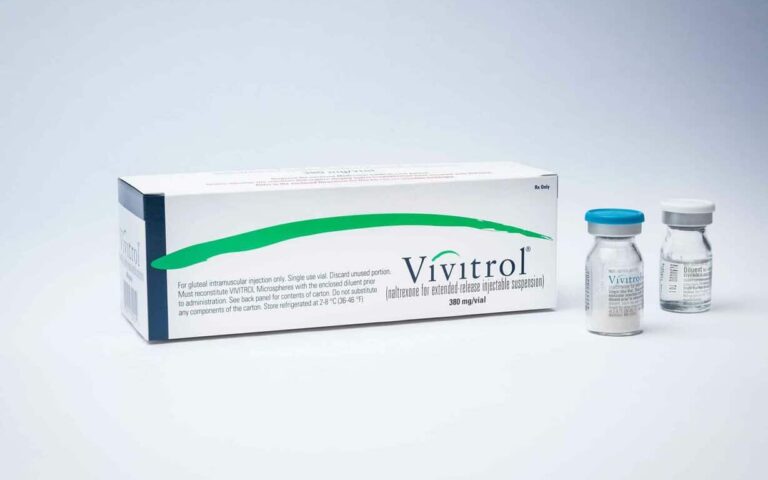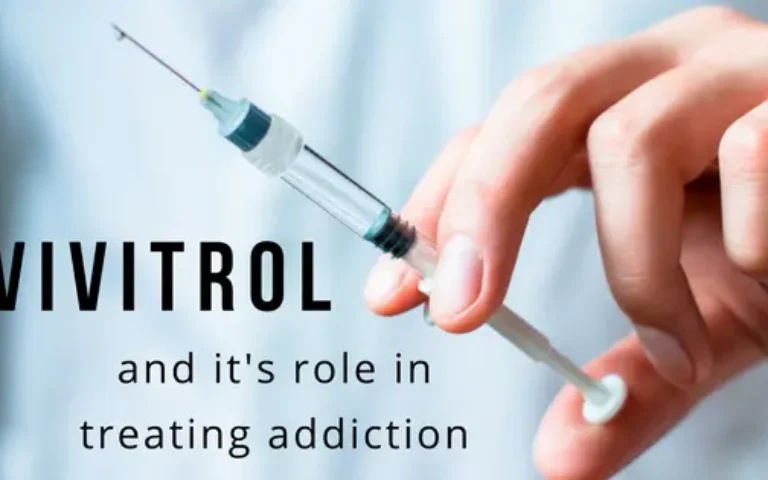Overcoming addiction is a complex journey that involves physical withdrawal, as well as significant mental and emotional recovery. One of the most common questions from those starting this journey is, “How long does it take to rewire the brain after addiction?” Understanding how a brain on drugs heals and adapts can provide hope and motivation during the recovery process. Read on as we explore the timeline and factors involved in brain recovery post-addiction.
Understanding Brain Plasticity
The brain’s ability to reorganize itself by forming new neural connections, known as neuroplasticity, is crucial for recovery with the brain on drugs. Substance abuse can significantly alter the brain’s structure and function. With the brain on drugs, repeated use of addictive substances can hijack its reward system, making it difficult to experience pleasure from everyday activities and leading to compulsive drug-seeking behavior.
Recovery Timeline of A Brain on Drugs
Recovery from addiction is a gradual process and varies from person to person. However, there are some general stages that many individuals experience:
- Acute Withdrawal (1-2 weeks):
- This initial phase involves the immediate cessation of substance use. Symptoms can be intense and include physical discomfort, anxiety, depression, and cravings. During this time, the brain begins to stabilize from the absence of the addictive substance.
- Early Abstinence (1-3 months):
- In the first few months of sobriety, individuals often experience improved mood and cognitive function. However, the brain is still adjusting, and the risk of relapse is high. Developing new, healthy routines is crucial during this period.
- Protracted Abstinence (3-6 months):
- By this stage, the brain continues to heal, and many people notice a reduction in cravings. Neuroplasticity allows the formation of new habits and behaviors, although some cognitive impairments and emotional challenges may persist.
- Long-term Recovery (6 months and beyond):
- After six months to a year of abstinence, the brain has made significant progress in rewiring itself. However, complete recovery can take longer, sometimes years, especially for those with severe or long-term addiction histories. Continuous support and healthy lifestyle choices are essential to maintaining sobriety and further brain recovery.
Factors Influencing Brain Recovery
Several factors influence how quickly and effectively the brain can rewire itself after addiction:
- Severity and Duration of Addiction:
- The longer and more intense the substance use, the more profound the brain changes, which can lengthen the recovery process.
- Type of Substance:
- Different substances impact the brain in various ways. For example, opioids may cause more significant physical dependency, while stimulants like methamphetamine can lead to more severe cognitive deficits.
- Age and Overall Health:
- Younger individuals and those in good overall health may experience faster brain recovery due to better neuroplasticity and resilience.
- Support Systems:
- Strong social support from family, friends, and support groups can significantly enhance recovery outcomes. Emotional and psychological support plays a crucial role in maintaining sobriety and encouraging brain healing.
- Engagement in Treatment:
- Participation in comprehensive addiction treatment programs, including therapy, counseling, and lifestyle changes, can facilitate brain recovery. These programs often teach coping strategies and stress management techniques that aid in forming new, healthy neural pathways.
Strategies to Support Brain Rewiring
- Therapy and Counseling:
- Behavioral therapies, such as cognitive-behavioral therapy (CBT) and mindfulness-based relapse prevention (MBRP), are effective in helping individuals understand their addiction, develop coping mechanisms, and reinforce positive behaviors.
- Physical Exercise:
- Regular physical activity promotes the release of endorphins and other neurotransmitters that improve mood and cognitive function, supporting brain recovery.
- Healthy Diet:
- Nutrition plays a vital role in brain health. A balanced diet rich in omega-3 fatty acids, antioxidants, and vitamins can support neuroplasticity and overall well-being.
- Adequate Sleep:
- Quality sleep is essential for cognitive function and emotional regulation. Establishing a regular sleep routine can aid in the brain’s healing process.
- Mindfulness and Meditation:
- Practices like mindfulness meditation can reduce stress, enhance self-awareness, and promote neural growth and connectivity.
Change is Possible
Rewiring a brain on drugs is a dynamic and individualized process that requires time, patience, and persistent effort. While the timeline for brain recovery can vary, the good news is that the brain has a remarkable capacity to heal and adapt. By engaging in comprehensive treatment, building strong support systems, and adopting healthy lifestyle habits, individuals can significantly enhance their brain’s recovery and achieve long-term sobriety.
At Medical X Scottsdale, we are committed to supporting you on your journey to recovery. Our personalized treatment programs are designed to address the unique challenges of addiction and promote lasting brain health and wellness. Contact us today to learn more about our services and how we can help you or your loved one on the path to healing.





